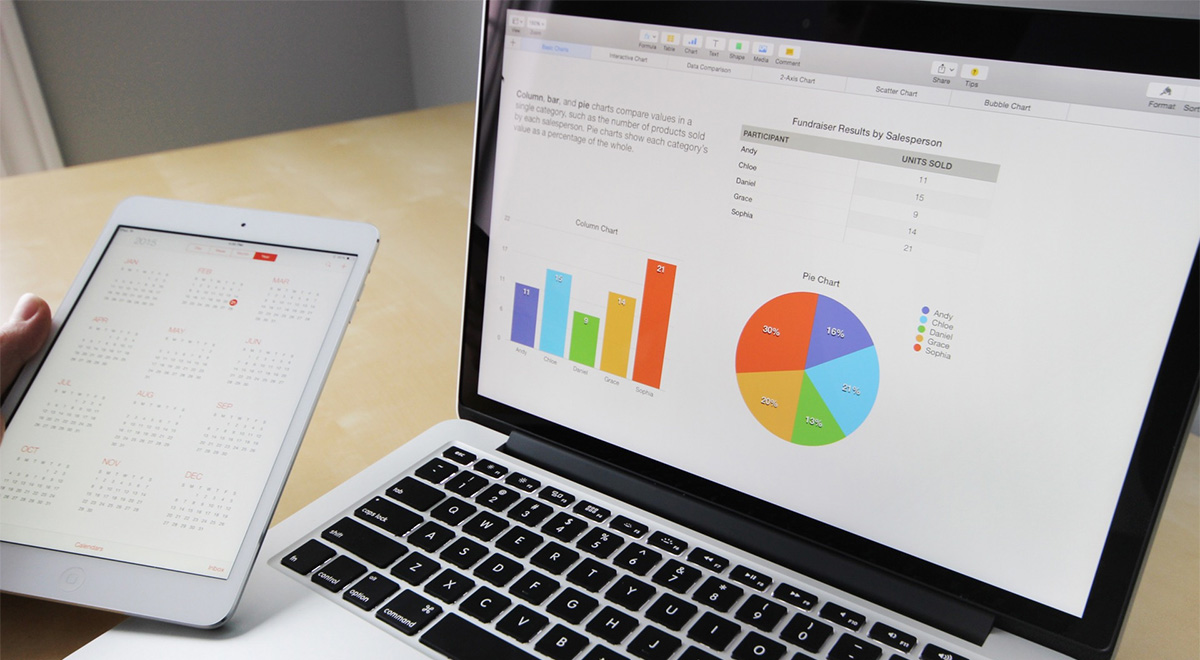How to bridge from early retirement to taking a pension
Retiring at 55 will work but careful with the asset mix in your nest egg
Advertisement
Retiring at 55 will work but careful with the asset mix in your nest egg

Q. I’d like some advice about what is the best way to keep your portfolio at your target allocation when you start to withdraw money when you retire.
My situation is as follows:
I’m a 54-year-old single woman, no kids, retiring next summer and I am debt-free.
I have a small defined benefit pension plan (Quebec government). I could receive money (16% of my annual income) at age 55 but decided to wait until age 60 to avoid the first-five-years penalty (4%/year if the pension is taken before age 60). That way I’ll get $17,000 a year from that pension plan.
I can live on my nest egg for these five years.
My assets are as follows;
House: $150,000
RRSP: $300,000
Non-registered investments: $177,000
TFSA: $61,000
My asset allocation is based on the Couch Potato portfolio and is comprised of:
70% fixed income (25% in exchange-traded fund ZAG.TO and 75% in a GIC ladder)
30% equities (split between two exchange-traded funds—XAW.TO and VCN.TO)
Annual expenses of around $30,000 a year.
My problem is this: I don’t know exactly how to withdraw my assets. I have been advised about which account to draw down first (RRSP) but I’m not sure if I should sell GICs or if I should instead sell some ETFs each year to cover my needs.
Let’s say that in the first 5 years of retirement I use $30,000 worth of GICs that are at redemption date. 5 years later, my fixed income allocation will only be worth $180,000 instead of $330,000. So my allocation would be totally out of balance. And if I’m unlucky and market crashes just when I stop putting money aside and begin to withdraw sums, then it’s a really bad time to start selling equities.
So what would you do? Sell $15,000 in GICs and $15,000 in equities each year? How would you plan the withdrawals?
– Pascale
A. Ahh, Pascale, your question is not as simple as it appears. Let’s step back and look at it this way.
You’d like $30,000 a year; so for the first five years, the money will come from your investments. At age 60 you’ll start your Quebec pension of $17,000 annually so you’ll only need $13,000 from your portfolio plus an amount for taxes, and once you start CPP/QPP and OAS you may not need much at all from your investments.
Let’s assume the advice to draw from your RRSP/RRIF first was modelled against the other options and is correct.
Working with your current allocation, I’d recommend holding all of your fixed income in your RRSP and TFSA, and your equities in the non-registered account. This will reduce tax on GIC/Bond interest income and give you more control over the timing of your tax.
With a GIC rate and ladder, a GIC will mature each year into a cash account from which you will make regular withdrawals for income. The amount of the maturing GIC should be enough to cover your annual expenses, taxes, and inflation increases. When it matures it will be replaced with a new 5-year GIC using money from bonds within in your RRSP/TFSA.
Each year you’ll transfer money from your non-registered equity account to your TFSA and purchase fixed income. If equity markets are negative transfer the asset “in-kind” to the TFSA and wait until markets recover before selling within the TFSA and purchasing fixed income.
READ: Find out how much room you have in your TFSA with our calculator
Over the next five years, your asset allocation will tilt towards equities and you have the option of selling equities to fixed income if you like, however, I’d suggest you base your allocation on your income needs. For instance, forecast how much money you’ll need to draw over the next 10 years (conservative) and hold that as a minimum as fixed income.
As a final thought, it is important to remain flexible with your allocation while withdrawing. Your future income is protected with fixed income well into the future so if markets turn negative delay correcting your allocation until there is a recovery, or consider using some of your bonds to buy equities when equities are down in value.
Allan Norman is a certified financial planner and chartered investment manager with Atlantis Financial in Barrie, Ont.
MORE FROM AN INVESTMENT EXPERT:
Share this article Share on Facebook Share on Twitter Share on Linkedin Share on Reddit Share on Email